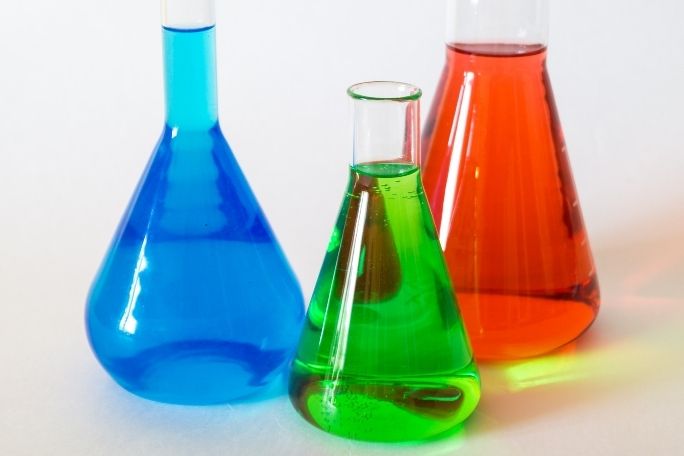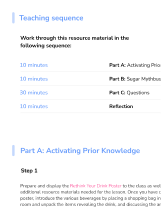Lesson summary
Famous author Arthur C. Clarke said, “Magic is just science that we don’t understand yet”. In this activity you will do some magic involving coloured water. See if you can figure out how it works through trial and error. Once you have the hang of it, impress your friends and family by stacking different-coloured water on top of one another!
Lesson guides and printables
Curriculum links
Select your curriculum from the options below.
Lesson details
Curriculum mapping
Resources required
- Clear plastic straw
- Cups or glasses x 3
- Food dye x 3 different colours (red, blue, yellow)
- Salt
- Tablespoon
Tips for parents and carers
This is a messy activity! Ensure you have plenty of towels on hand, or consider supervising this activity over the sink.
Encourage your kids to form their own hypothesis about which water will stack on top of the other colours, and which water will sink to the bottom.
Trial and error is about making mistakes, then changing something to see if it fixes the mistake.
Your kids should be methodical in their approach to recording all possible outcomes of this experiment. Encourage them to only change one thing about the experiment each time, either the order of the water or the colour of the water, before moving on to the next one.
Additional info
Density is the measure of how heavy something is given its volume. Even though you might have a piece of balsa wood and a rock the same size, the rock is much heavier because its size is filled with more particles than the balsa wood.
When we add salt to water, the same amount of water in a cup now has far more particles than pure water. If we put it on top of ‘lighter’ or less dense water, it will sink to the bottom, and we can see this in the mixing of the colour. If, however, we put the lighter water at the top, when you create a vacuum using a straw, it will hold it there, rather than mixing with the denser water it is sitting on top of.
Thus, we should be able to fill a straw with a clear layer of red at the top, blue in the middle and yellow at the bottom.
Most kids will be able to work on this activity with minimal support.
Learning@Home resources are designed for parents and teachers to use with children in the home environment. They can be used as stand-alone activities or built into existing curriculum-aligned learning programs. Our Learning@Home series includes two types of resources. The first are fun and challenging real-world activities for all ages, the second are self-directed lessons for upper primary and secondary students. These lessons support independent learning in remote or school settings.


Welcome back!
Don't have an account yet?
Log in with:
Create your free Cool.org account.
Many of our resources are free, with an option to upgrade to Cool+ for premium content.
Already have an account?
Sign up with:
By signing up you accept Cool.org's Terms and Conditions(Opens in new tab) and Privacy Policy(Opens in new tab).